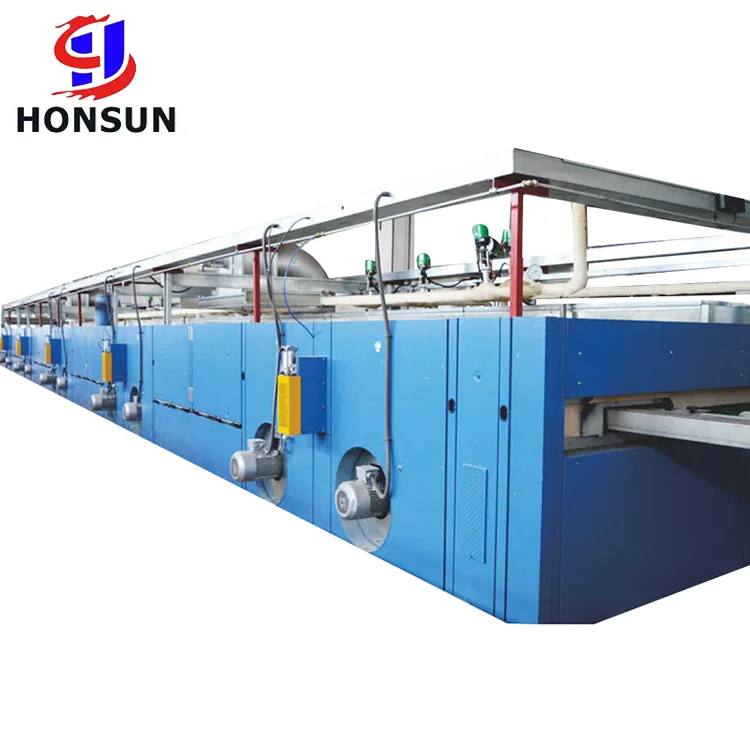- English
- Español
- Português
- русский
- Français
- 日本語
- Deutsch
- tiếng Việt
- Italiano
- Nederlands
- ภาษาไทย
- Polski
- 한국어
- Svenska
- magyar
- Malay
- বাংলা ভাষার
- Dansk
- Suomi
- हिन्दी
- Pilipino
- Türkçe
- Gaeilge
- العربية
- Indonesia
- Norsk
- تمل
- český
- ελληνικά
- український
- Javanese
- فارسی
- தமிழ்
- తెలుగు
- नेपाली
- Burmese
- български
- ລາວ
- Latine
- Қазақша
- Euskal
- Azərbaycan
- Slovenský jazyk
- Македонски
- Lietuvos
- Eesti Keel
- Română
- Slovenski
- मराठी
- Srpski језик
How energy-efficient are stenter machines?
2025-11-14
Textile factory owners all know that stenter machines are the "big guys" on the production line, running non-stop every day, racking up electricity and steam bills like water. New stenter machines are touted as energy-efficient, but is it just a marketing gimmick, or do they really save money?

Gas-fired Infrared Heating
Traditional stenter machines rely on steam to heat the drying chamber, resulting in a lot of heat loss and insufficient drying of the fabric, wasting a significant amount of steam. Newer machines use gas-fired infrared heating, directly applying heat t o the fabric without loss.
Waste Heat Recovery
Many stenter machines are equipped with waste heat recovery devices, a crucial energy-saving feature. Previously, waste heat from the drying chamber was directly vented outdoors, a wasteful and hot process; now, it's piped to heat cold water, which is then either fed back to the boiler or used for washing fabric.
Motor Upgrade to Inverter Motor
The old Stenter Machine's motor had a fixed speed, running at the same rate regardless of fabric volume or workload, consuming full power even when idling. The new machines are equipped with inverter motors, similar to inverter air conditioners in homes; they run faster when there's more fabric and automatically slow down when there's less fabric, when changing fabric, or when adjusting the machine.
Operating Techniques
Energy saving isn't just about the Stenter Machin itself; skilled operators also need to know how to operate it. Experienced operators know that different fabrics require different temperatures—for example, thin chiffon doesn't need a high temperature, 130℃ is enough; setting it to 150℃ is wasteful. The machine speed also needs to be matched to the temperature; go slower for thicker fabrics and increase the speed appropriately for thinner fabrics, preventing the fabric from "drying aimlessly" in the drying room.




